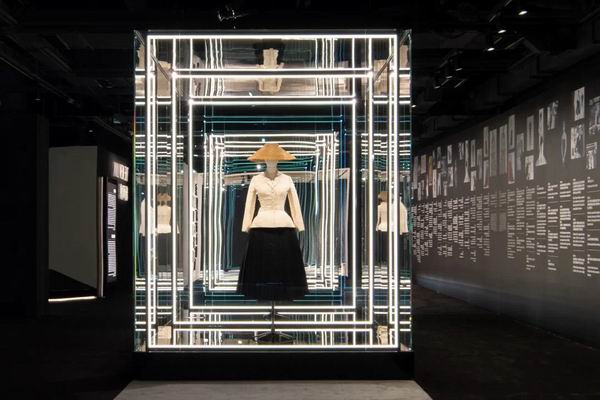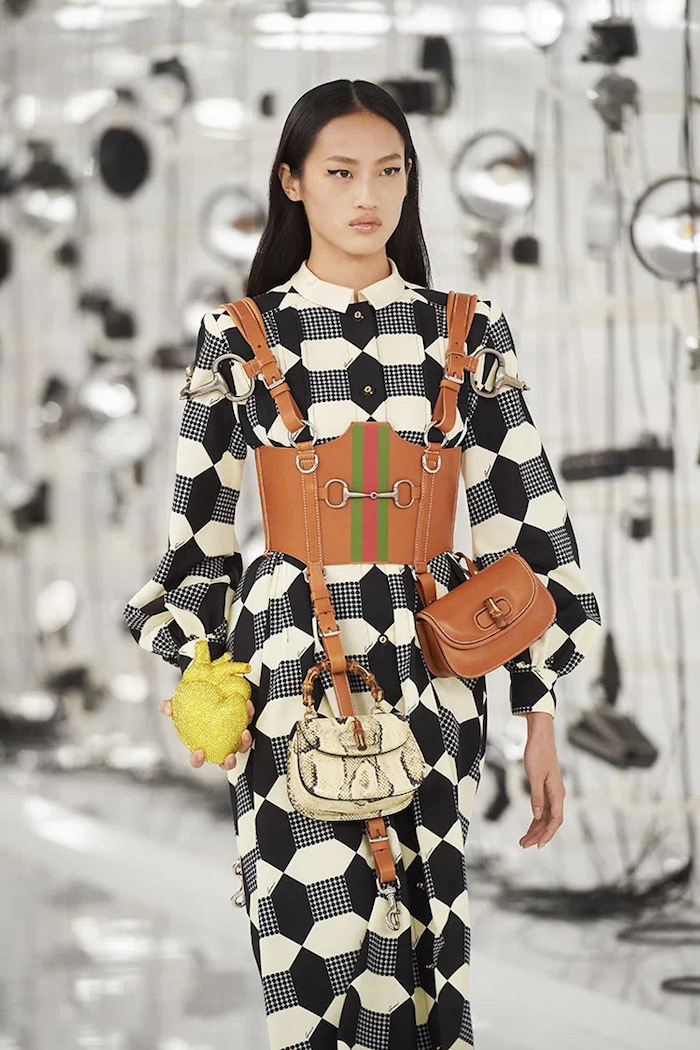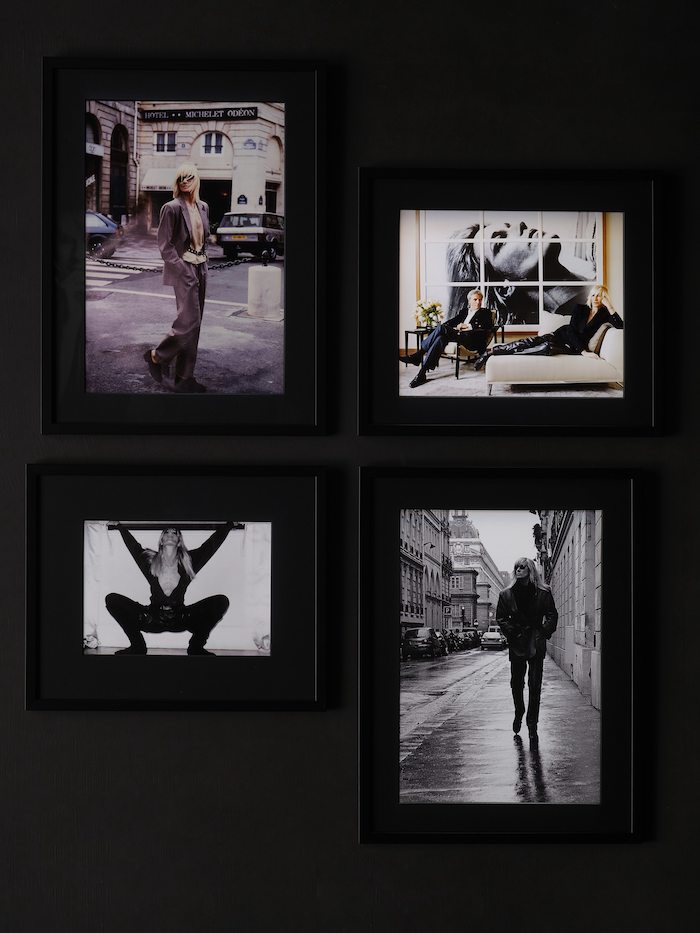LVMH, Kering and Richemont, the world’s three major luxury goods groups, have recently released their latest transcripts for this fiscal year. Their strong upward trend in the first half of the year shows that the industry is recovering rapidly from the negative impact of the epidemic. However, compared with before the epidemic, the growth rate of the three major groups is different, and the epidemic is also widening the gap, including the gap between different luxury goods groups, different brands of the same group and primary and secondary business lines.
Capital means is a common way to quickly eliminate or slow down the gap, and abundant cash flow has also promoted the pace of the head group’s continued expansion. In the latest financial statement, all three companies are optimistic about the future acquisition plan.
LVMH: Profit growth is much higher than before the epidemic.
According to the official release, LVMH Group recorded a revenue of 28.7 billion euros in the first half of 2021, an increase of 56% over the same period in 2020.
Morgan Stanley’s team of analysts said that the "real surprise" came from the obvious improvement of profitability.
In the first half of 2021, LVMH Group’s net profit share was 5.289 billion euros, an increase of 62% over the same period in 2019 and a tenfold increase over 2020. Operating free cash flow exceeded 5 billion euros, more than three times that of the same period in 2019. The operating profit margin was 26.6%, an increase of 5.5% over the same period in 2019.
According to the report, Louis Vuitton, Dior, Fendi, Loewe and Celine are the best-performing brands in the group. Its fashion and leather goods department showed a profit growth much higher than that before the epidemic. In the first half of the year, the profit of LVMH fashion and leather products business group was 5.66 billion euros, more than three times that of the same period in 2020, and an increase of 74% over the same period in 2019.

The exhibition "christian dior, Dream Designer" has been officially unveiled at Chengdu Museum of Contemporary Art (MOCA).
Jean-Jacques Guiony, chief financial officer of LVMH Group, said that the demand of consumers in China "remained in good condition for quite a long time". In the first half of the year, Asia excluding Japan accounted for 38% of LVMH’s total revenue, followed by the United States, accounting for a quarter.
Kering: Almost back to the pre-epidemic level.
The growth rate of kering, another luxury goods giant, almost returned to the pre-epidemic level, and accelerated significantly in the second quarter.
On July 27th, kering released the first half of 2021. The data shows that in the first half of 2021, kering’s comprehensive income was 8.05 billion euros, up 54.1% year-on-year, and 8.4% compared with the same period in 2019. Operating profit was 2.237 billion euros, an increase of 134.9% compared with the same period in 2020. The profit before interest, tax, depreciation and amortization was 2.95 billion euros, a year-on-year increase of 76.2%.
Kering’s main business income in the first half of 2021 increased by 2.3 times compared with the same period in 2020, which was close to the level in the first half of 2019.
Looking back on the first six months of this year, kering said that sales were mainly driven by the "strong momentum" in North America, with business income in North America accounting for 25% and Asia-Pacific region accounting for 43%. Among them, the pillar brand Gucci accounts for 49% of the sales in the Asia-Pacific region.
As always, fashion brands are still the main source of income in kering, contributing 96% of the income. Gucci, Yves Saint Laurent and Bottega Veneta have become the most outstanding brands of kering.

On June 22nd, Gucci presented its new series Aria- Fashion Aria for 2021/2022 in Shanghai.
Gucci’s revenue in the first half of 2021 was 4,479.3 million euros, close to the pre-epidemic level, and its revenue in the same period in 2019 was 4,617 million euros.

Betty Cato’s "Muse of Unique Temperament Inspiration" Saint Laurent Fashion Exhibition is on display in Shanghai.
In the first half of 2021, Yves Saint Laurent’s sales reached 1,045.5 million euros, up 53.5% year-on-year and 17.3% over the same period in 2019.
Bottega Veneta’s revenue in the first half of 2021 was 707.6 million euros, a year-on-year increase of 40.6% and an increase of 19.2% compared with the same period in 2019. The financial report shows that the growth was mainly due to the strong performance in North America.
Kaiyun revealed that the comparable sales of the direct store network including e-commerce increased by 60.1% compared with the first half of 2020 and 11.2% compared with the same period in 2019. Online sales accounted for 14% of the total retail sales in the first six months of 2021.
Some analysts believe that kering’s performance relies too much on Gucci, so kering may launch a major acquisition later. Bernstein analyst Luca Solca has always stressed that Kaiyun urgently needs to build a "second Gucci". In April this year, Francois-Henri Pinault, CEO of Kaiyun, said that the company has the ability to do this.
Richemont Group: Hard luxury performance led the rise, while fashion sales declined.
According to its own fiscal year calculation rules, Richemont Group, which mainly focuses on the hard luxury business of jewelry and watches, recently released its financial report for the first quarter of fiscal year 2021 (April 1-June 30). The data shows that the sales of Richemont Group in the first quarter of this fiscal year was 4.3 billion euros, an increase of 121% compared with the same period in 2020 and an increase of 18% compared with the same period in 2019.
Richemont said in a statement that the performance in the Asia-Pacific region, America and the Middle East was particularly strong, especially in Dubai and Saudi Arabia, where tourism provided additional impetus for performance growth. However, in Europe, due to the sharp decline in tourism, the group’s sales in the first quarter decreased by 15% compared with the same period in 2019.
According to the industry breakdown, the sales of jewelry business where Cartier, Van Cleef & Arpels and other brands are located led the increase, with an increase of 43% compared with the first quarter of 2019, followed by the watch business.
At the same time, the sales of Dunhill, Chloé and other fashion businesses declined, which Richemont Group believes is partly due to the fact that the epidemic has reduced the number of passengers staying in airport boutiques.